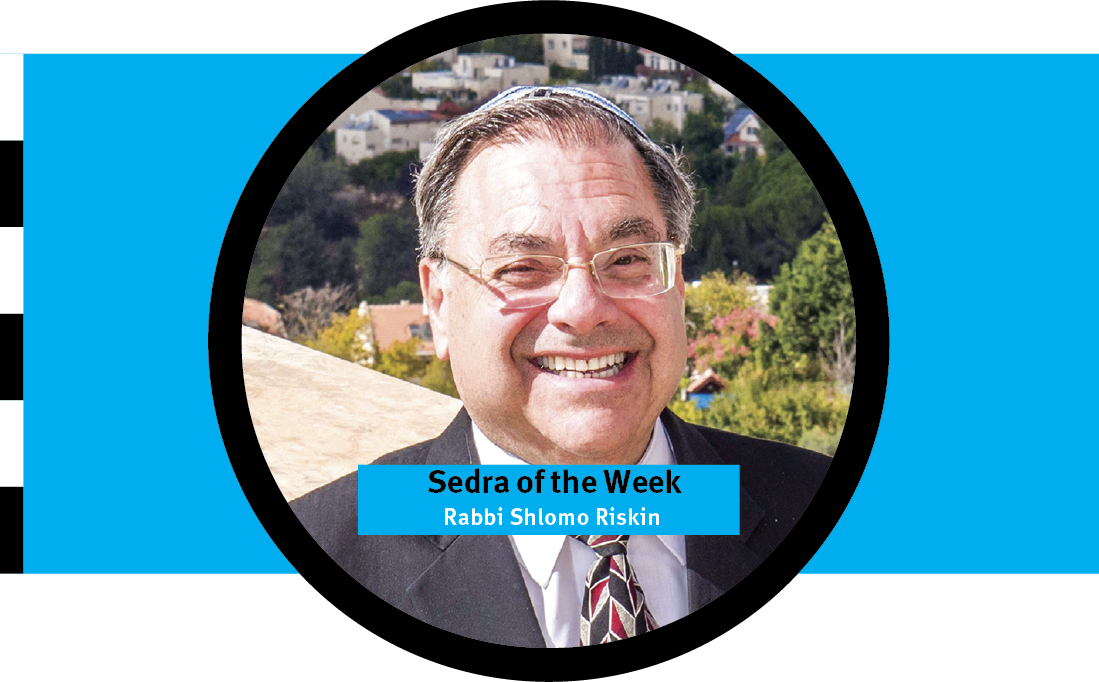Efrat, Israel – What is the true symbolism of the succah? The Talmud (B.T. Succah 11b) cites a difference of opinion between Rabbi Akiva and Rabbi Eliezer as to whether the succah commemorates the actual huts in which the Israelites dwelt in the desert, or the “clouds of glory” which encompassed us as a sign of Divine protection.
Leviticus chapter 23 catalogs all the holy days of the Hebrew calendar, beginning with the Sabbath and concluding with Succot. The 33rd verse begins a description of Succot:
“The 15th day of the seventh month shall be the festival of Succot (Booths), seven days for the Lord; the first day shall be a holy convocation, when you may not perform creative work…”
The text goes on to mention the festival of the Eighth Day of Assembly (Shmini Atzeret), and then seemingly concludes the entire calendar sequence with the words:
“These are the special appointed times of the Lord” (23:37).
But just as we thought the description of the festivals was complete, the narrative inexplicably reverts to the festival of Succot. This time, however, the Bible stresses the connection to the Land of Israel, and the agricultural cycle:
“But on the 15th day of the seventh month, when you harvest the grain of the land, you shall celebrate a festival to the Lord for seven days, with the first day being a day of rest and the eighth day being a day of rest” (23:39).
Another curious feature of this second account is that having repeated the command to observe Succot in the context of the farmers’ request, the Bible now introduces other crucial themes of the festival, including the command to take up four species of plant indigenous to Israel (citron, palm frond, myrtle branch and willow), and rejoice on our holy days, wrapping up its description with a repetition of the command to dwell in booths, this time stressing the historical aspects of the festival:
“You shall dwell in booths for seven days, so that your generations shall know that I caused the Israelites to live in booths when I brought them out of Egypt. I am the Lord your G_d” (23: 42-43).
It seems that the Bible is making a clear distinction between the significance of the Succot Festival before the Israelites entered the Land and the nature of the festival once we were living in Israel. How so?
Outside Israel, the hut-like booths symbolized our temporary dwellings while we wandered across the desert and, by extension, throughout our long exile when we were a people without a homeland. Once we entered the Land of Israel, however, and harvested the grain of the land, we could celebrate the harvest with special blessings and rituals involving the four species — vegetation unavailable in the desert. In the Promised Land, the entire festival and even the symbolism of the succah itself assumed a heightened significance. Now, the shabby, makeshift desert huts came to represent the sheltering wings of the Divine Presence, the clouds of glory with which G_d protected us so that we’d be able to fulfill our mission as His divine ambassadors. When we are living in the Diaspora, the succah can only teach us to be grateful to the Lord who preserves us under difficult and dangerous conditions; whereas living in Israel, we understand that as the people of G_d’s covenant, no matter how flimsy the walls of our temporary homes may seem, we constantly live under His protective grace, with the borders of our homeland for protection and the food provided by our land for life-giving sustenance.
This essential difference in the significance of the succah prior to our inhabiting the Land of Israel and afterwards could also be seen when we returned to the Land after our Babylonian exile. Then, Ezra exhorted us to dwell in booths during the Festival of the Seventh Month, and to make our booths with “olive leaves and olive branches, with myrtles, psalms and willows” (Nehemiah 8:15). In the Land of Israel, the succah is adorned and enhanced by the local vegetation, the special fragrance of which symbolizes G_d’s shelter and fulfillment of the Divine covenant. Seen in this light, as the Vilna Gaon noted, Succot is the festival which celebrates our entry into the Land of Israel!
G_d’s revelation and gift of forgiveness (initially for the sin of the Golden Calf) took place on the 10th of Tishrei, Yom Kippur. The following day, He commanded the building of the Sanctuary; and the Israelites collected materials for the next two days. Then, on the 15th of Tishrei, the work of building the Sanctuary began, marking the restoration of the relationship between G_d and the Jews. This is noted by the Ramban, who explains that this is why the Book of Exodus is indeed the Book of Redemption.
“Then the Holy One Blessed be He returned and rested His Divine Presence among them and they returned to the exalted level of the patriarchs, which was the secret of G_d, with Clouds of Glory upon their tents, and they were considered to be redeemed. And so the Book of Exodus ends with the completion of the Sanctuary and with the Glory of G_d filling it always” (Ramban – Introduction to Book of Exodus).
Hence the succah in Israel became clouds of divine glory, symbolizing the Sanctuary and the Holy Temple in Jerusalem — which will eventually bring the entire world to peace and redemption. And indeed He has begun the process in our generation, when He brought us home to Israel thereby restoring and uplifting the fallen Succah of David, which has now become — after 2000 years of exile — clouds of Divine Glory presaging the Third Sanctuary and world peace. (Isaiah 2)
Shabbat Shalom
Shlomo Riskin
Founder & Rosh Yeshiva,
Ohr Torah Stone
Founding Rabbi of Efrat


